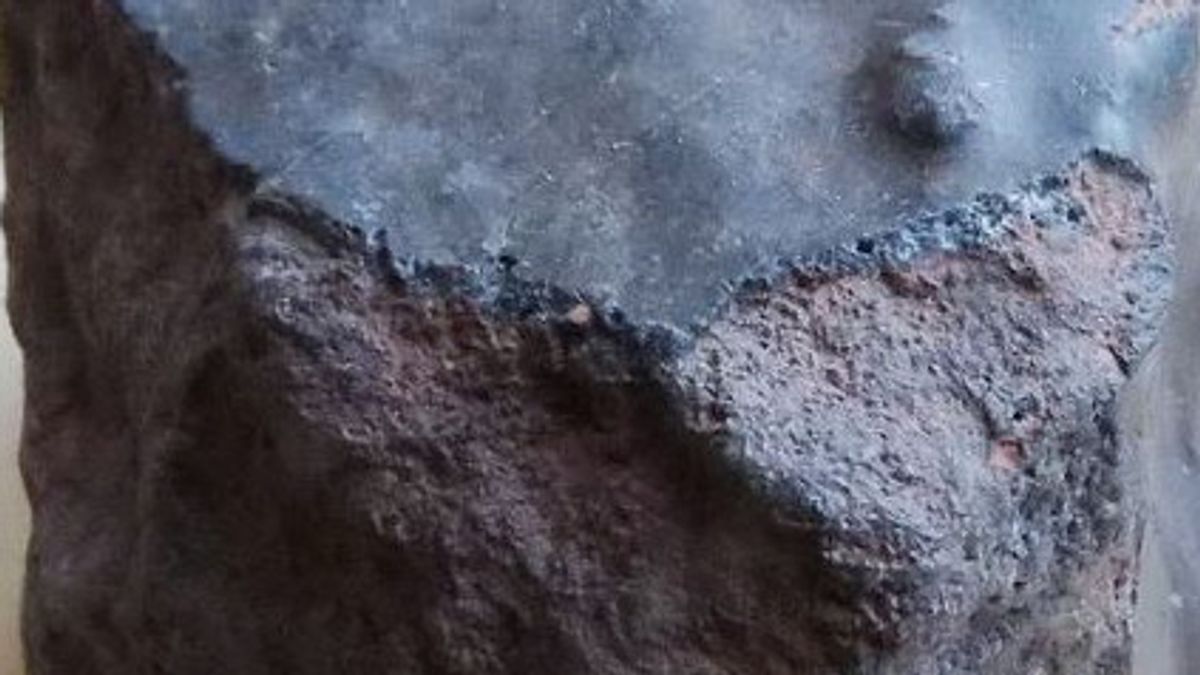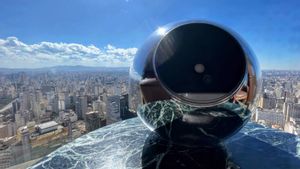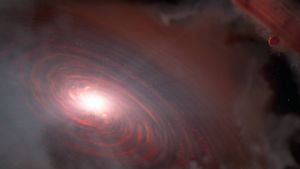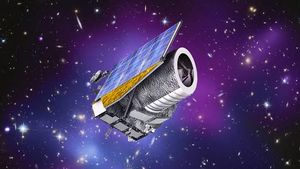JAKARTA - Astronomers announced the first discovery of a'boomerang metheorit' - a rock originating from Earth, thrown into space, and then back.
Meteorite, NWA 13188, was discovered in the Sahara Desert, and scientists at France's Aix-Marseille University conducted a new analysis, which found that the meteorite has characteristics from our planet.
This object has compositions found in the Earth's crust and volcanic rock, but also elements that appear only when exposed to energetic cosmic radiation in space. The researchers believe that the rock was probed into space by the asteroid's impact about 10,000 years ago.
Meteorite hunters discovered the rock in 2018 in Morocco, which led scientists to name it Northwest Africa (NWA).
The analysis led by J\'ar firegate Gattacceca determined that the rock had a 'all basal andesite rock composition' found in volcanic rock around the world.
The rock is also dominated by plagiazolas, a mineral that contains aluminum, and pyrosen, a dark rock-forming mineral, which scientists say has sparked debate that the'space rock' is actually not a meteorite.
However, some elements have turned into milder forms, which are only possible if the rock interacts with cosmic radiation in space.
اقرأ أيضا:
One of the clues that the rock is returning to Earth from space is the measurable isotopic concentration of these transformed elements, known as isotopes, too high to be explained by processes taking place on Earth.
Gattaceca and his team found traces of detected isotopes such as beryllium-3, helium-10, and neon-21 in NWA 13188, Space.com reported.
The researchers also identified a layer of fusion crust in the rock, which formed when meteorites crossed Earth's atmosphere and fell to the ground.
"Therefore, we consider NWA 13188 as a meteorite, which was launched from Earth and then re-accreted to its surface," Gattacceca said in a statement, quoted by MailOnline.
"This scenario is in accordance with the latest definition of meteorites: 'Materials launched from celestial bodies reaching independent orbits around the Sun or other celestial bodies, and ultimately reaccurred by original bodies, should be considered as meteorites. Of course, the difficulty will exist in proving that this has happened, but Earthstones exposed to cosmic radiation and having a good fusion crust should be considered as possible earth meteorites.
The English, Chinese, Japanese, Arabic, and French versions are automatically generated by the AI. So there may still be inaccuracies in translating, please always see Indonesian as our main language. (system supported by DigitalSiber.id)
















